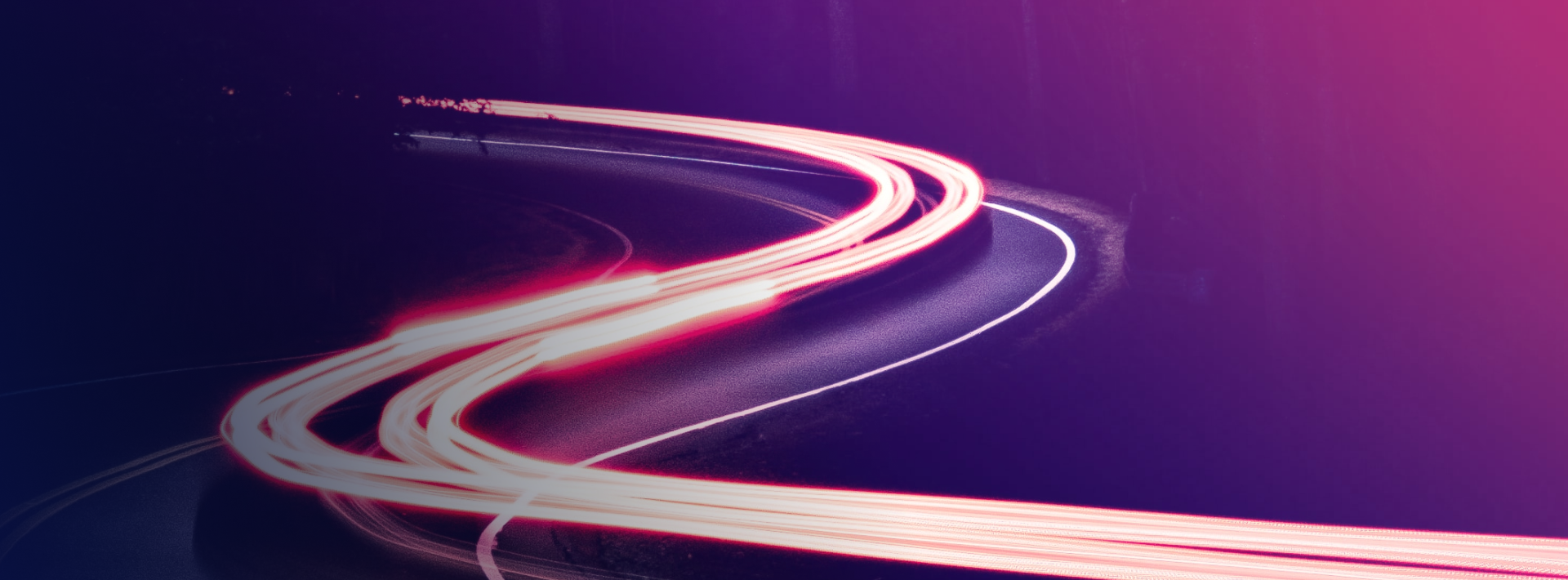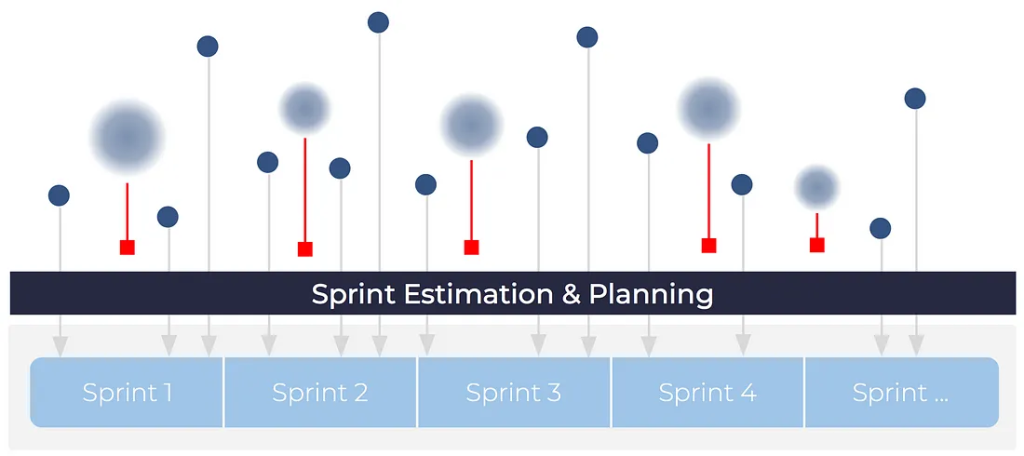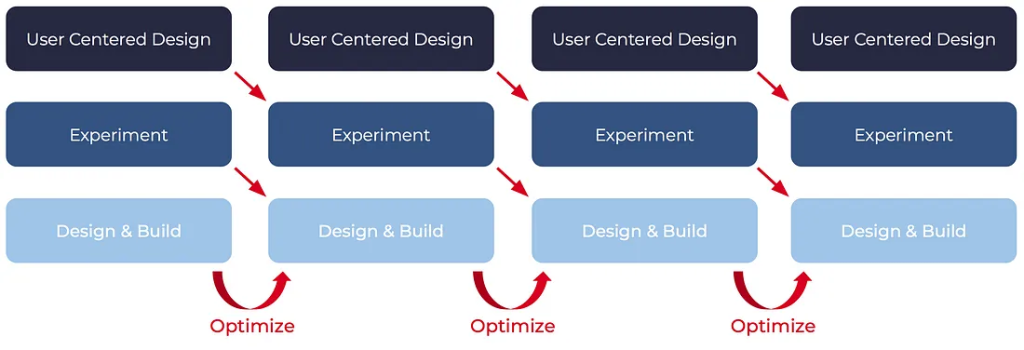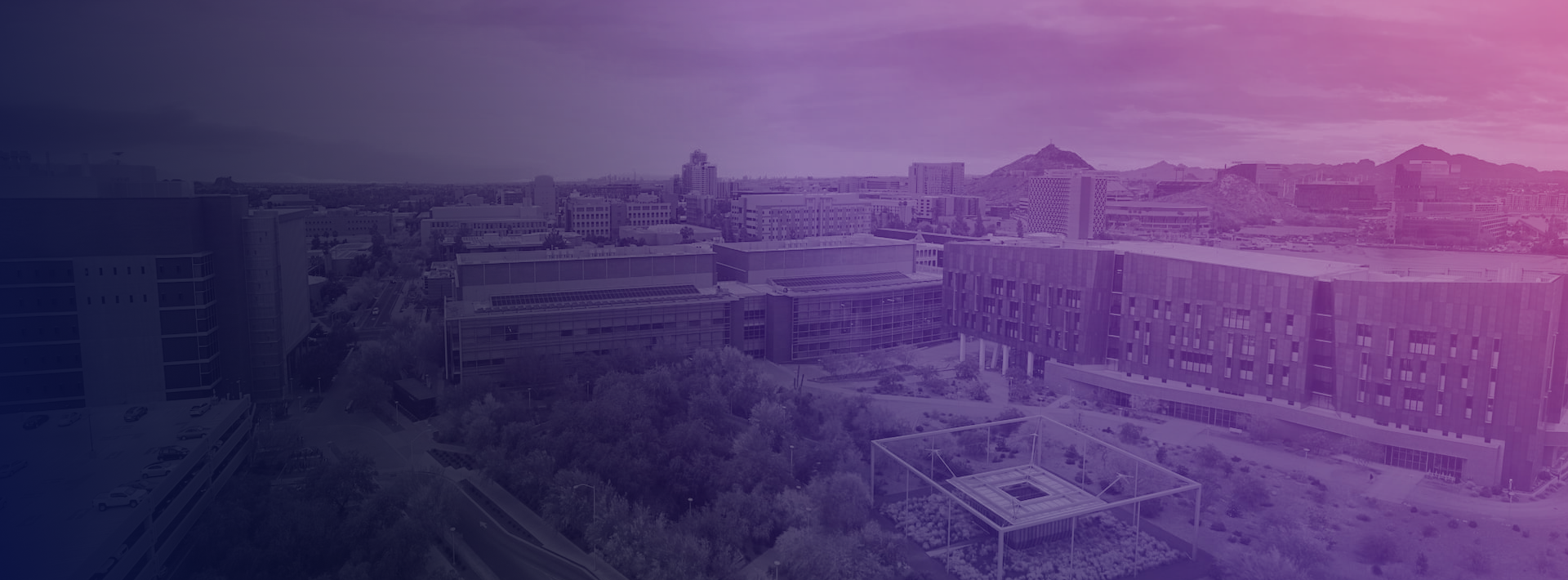It’s all about the customer journey!
In a world where customers are demanding value for every penny and the economy is challenging to say the least (recession? best job market ever? both?!), your edge isn’t just in top-notch products or services. It’s in unforgettable experiences that turn heads and open wallets. Remember this: In today’s fierce market, leading with customer experience isn’t just a good strategy; it’s the golden rule.
Schools, stores, banks, name any type of business — targeted, personalized experiences are central to the success of every online, in-person, or hybrid offering. And personalization can’t happen without truly knowing your customers and users. You have to start with understanding their journeys. Examine everything from their vital tasks, preferences, and pain points to their moments of happiness and delight. Effective personalization and engagement is impossible if you don’t know what your customers are doing or how to meet their needs as they move throughout each day.
To increase engagement, start with…
Providing a holistic journey-driven customer experience
As you look to differentiate your brand, widen your view to consider the whole user journey associated with your offering. You may find overlooked opportunities early or late in the life cycle. At these touchpoints, you may be able to do more to build ongoing (perhaps even lifelong) engagement and advocacy.
To create a stand-out customer experience, some organizations are integrating with other services, offerings, and products — even those from outside organizations. For example, I appreciate that my favorite hotel chain has updated their app so that in addition to accessing hotel services, I can use their app to find nearby restaurants, book a reservation, and schedule an Uber pick-up to get them there. Is it that hard to copy and paste into the Uber app? Of course not. But, when on the go, these little conveniences inspire disproportionate gratitude and brand loyalty. Financial transactions are another place I see companies use this tactic, offering products that enable easy options like buy now, pay later at the point of purchase.
As you work to create holistic, frictionless user journeys, team and departmental silos inside of organizations often slow change makers like you down. Beyond trying to break down those barriers, you can also look to build (or buy) a digital experience layer that wraps around organizational silos and their disparate systems, such as providing single sign on and a consistent but personalized customer experience.
Adapting to new customer preferences
Everywhere I look, customer preferences and expectations are evolving. Chief among these changes is that customers expect products and services to be accessible whenever and wherever they want them. This goes beyond simple mobile and digital offerings. “Buy online, pick up in store” has become table stakes. Now, the point of purchase / point of sale is moving towards the customer’s house, whether through virtual consultations and support, Uber eats delivery, or in-home health care concierge services.
I’m also seeing growing demand from consumers to manage their own relationships with businesses and schools. In many ways, increasing self-service can be a win for all. Customers get what they want, and organizations can cut IVR/customer support costs and free up staff to focus on higher-level problems.
Personalizing products and services
As mentioned earlier, one-size-fits-all products and services no longer cut it in education, retail, healthcare, or anywhere. Customers seek unique products and personalized offerings. Of course, you’ll need to balance new feature development with cost. The choices you make here must be driven by the customer. Increasing personalization usually also requires selecting and investing in new (often automated and/or intelligent) technologies and configuration tools. This in turn requires developing and launching new policies. To ensure they’re maximizing and accelerating ROI, many organizations are looking to outside technology consultants and change management experts like my team at Robots & Pencils for guidance on these strategic decisions.
Strengthening relationships through content & communication
Outstanding content and timely communications are another way to build brand loyalty, engagement, and community. The first step in creating this content is understanding what info users need. You also want to get clear on when and how to present it during their journey to catch their attention. The final part is figuring out how to deliver this content at scale while maintaining personalization and localization. Automation and data and system integration will be a key focus of any project in this space. This data capture also helps to enable the adoption of new AI solutions that are creating huge impact throughout the organizations embracing them.
Want to talk more about the customer experience? Join us as we explore all of today’s top business and tech trends!
Request an invite to an upcoming Digital Trends Executive Roundtable, where innovators and industry leaders will join together to discuss their biggest priorities and challenges!
…
—PS: You may have noticed that this blog echoes my recent post about employee experience and efficiency. That’s intentional! I see massive overlap in consumers and employees looking for easy-to-use tech that meets their needs exactly when and where they arise. The companies that will excel most are the ones that care about both the employee AND customer experience.
This CEO report was written by Tracey Zimmerman, President & CEO of Robots & Pencils.









